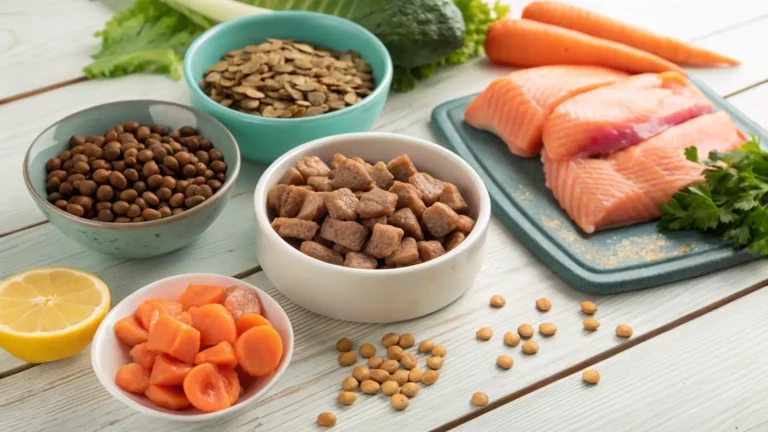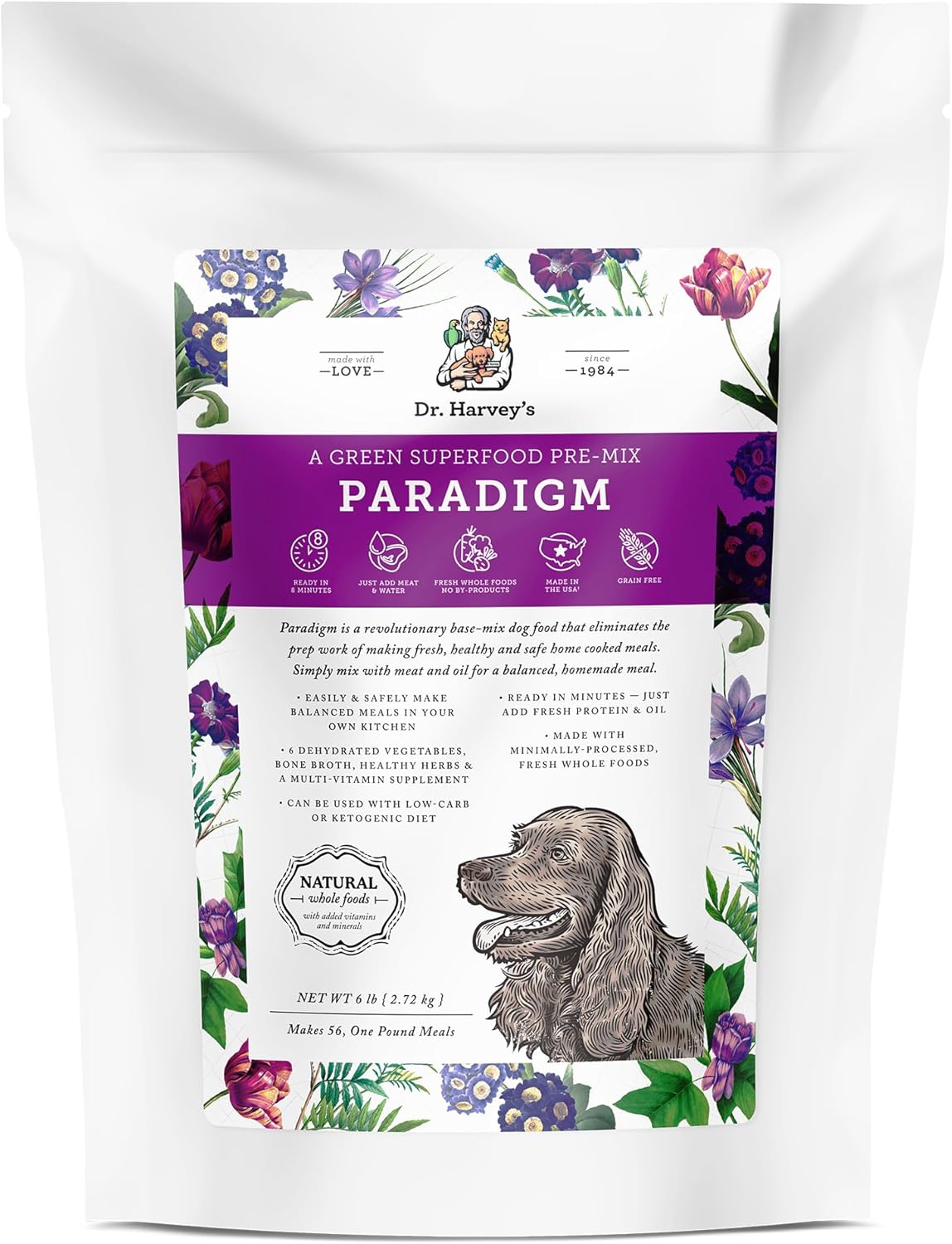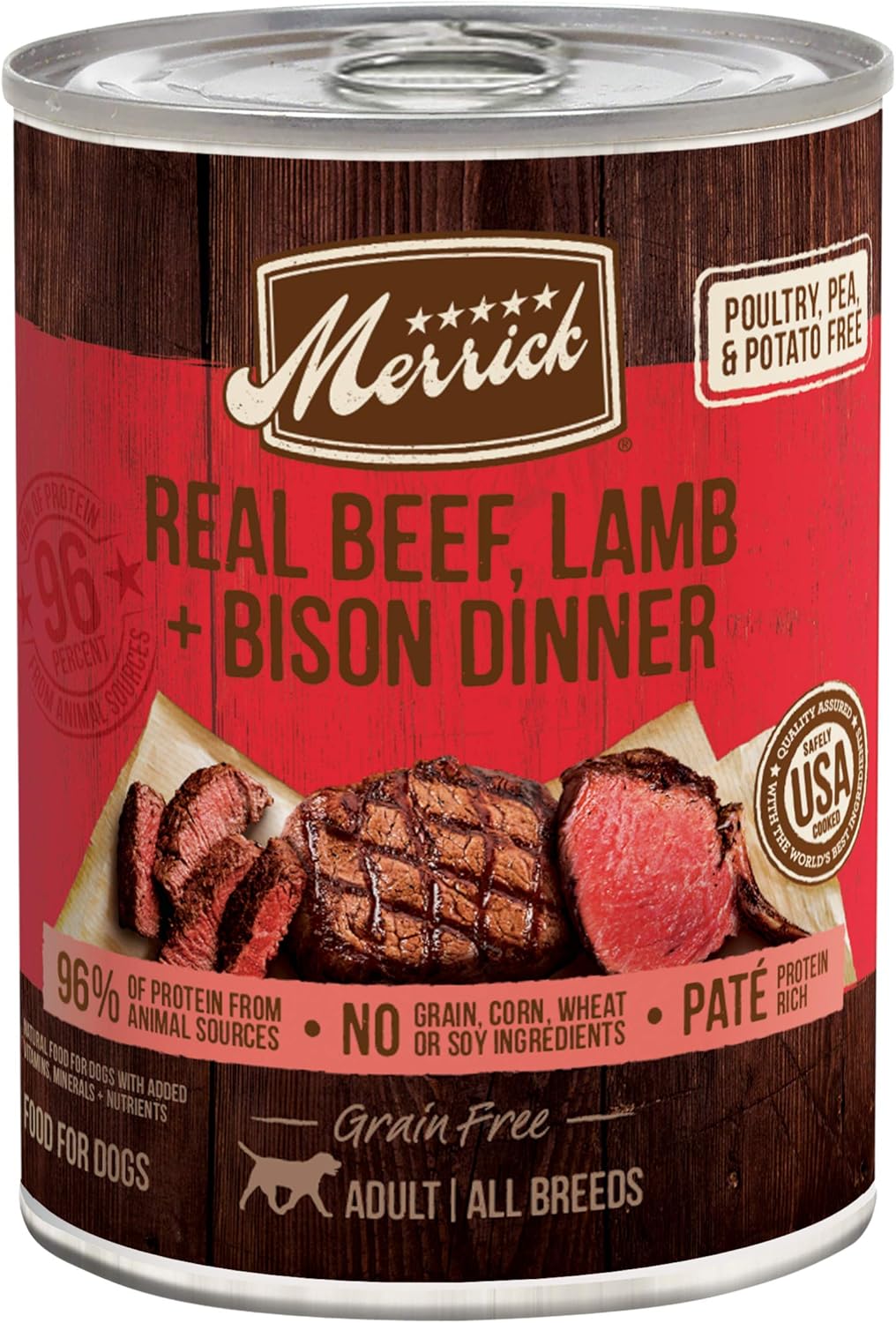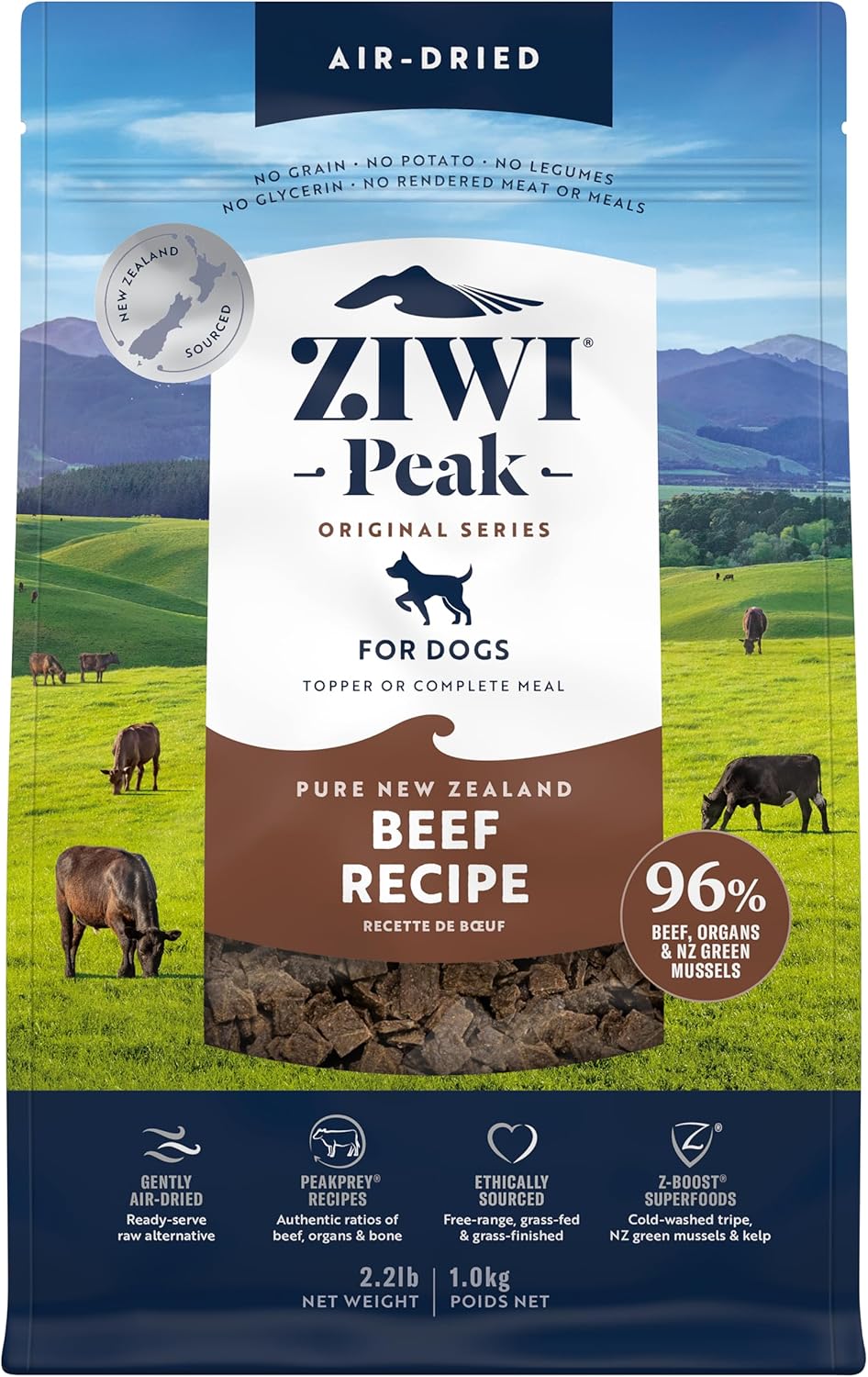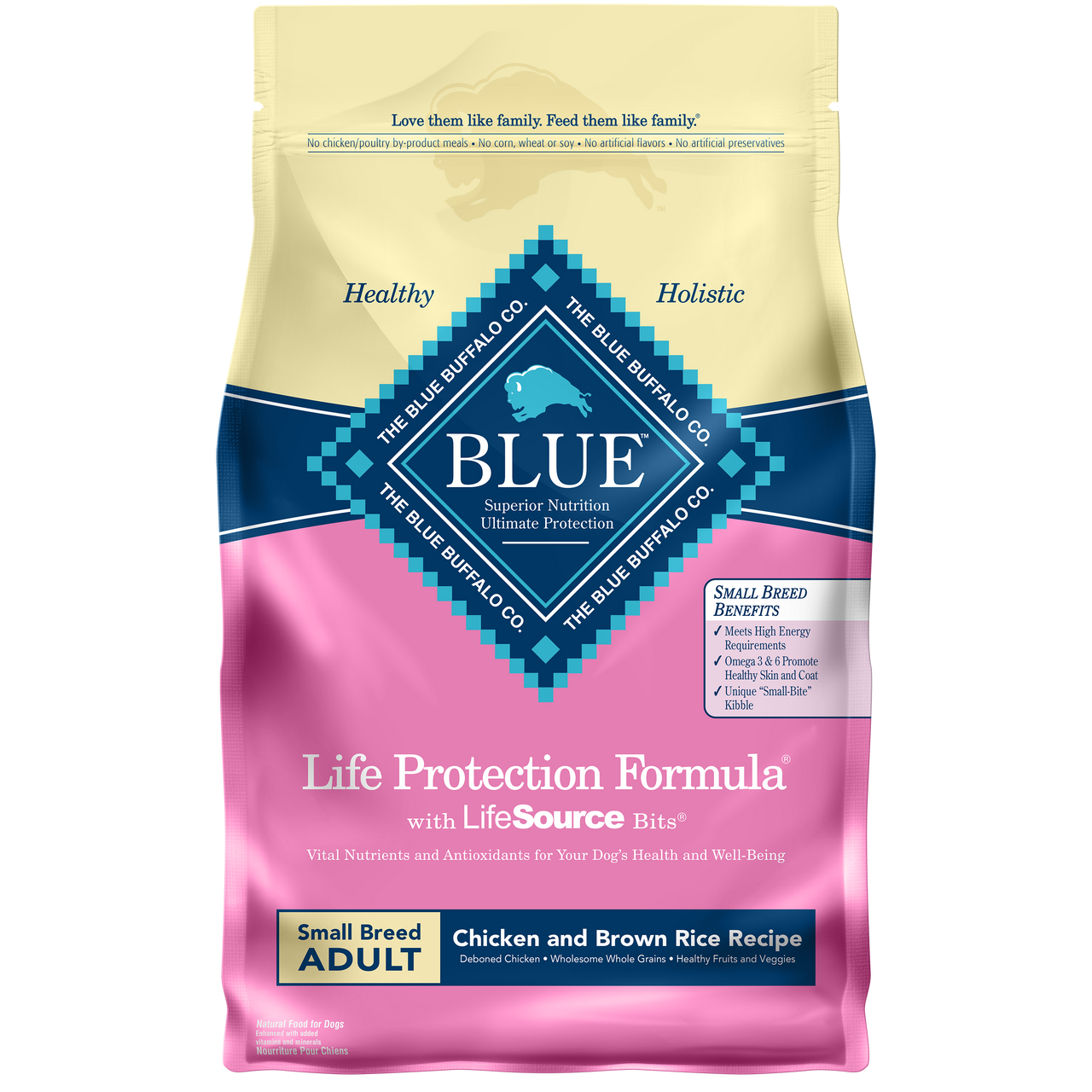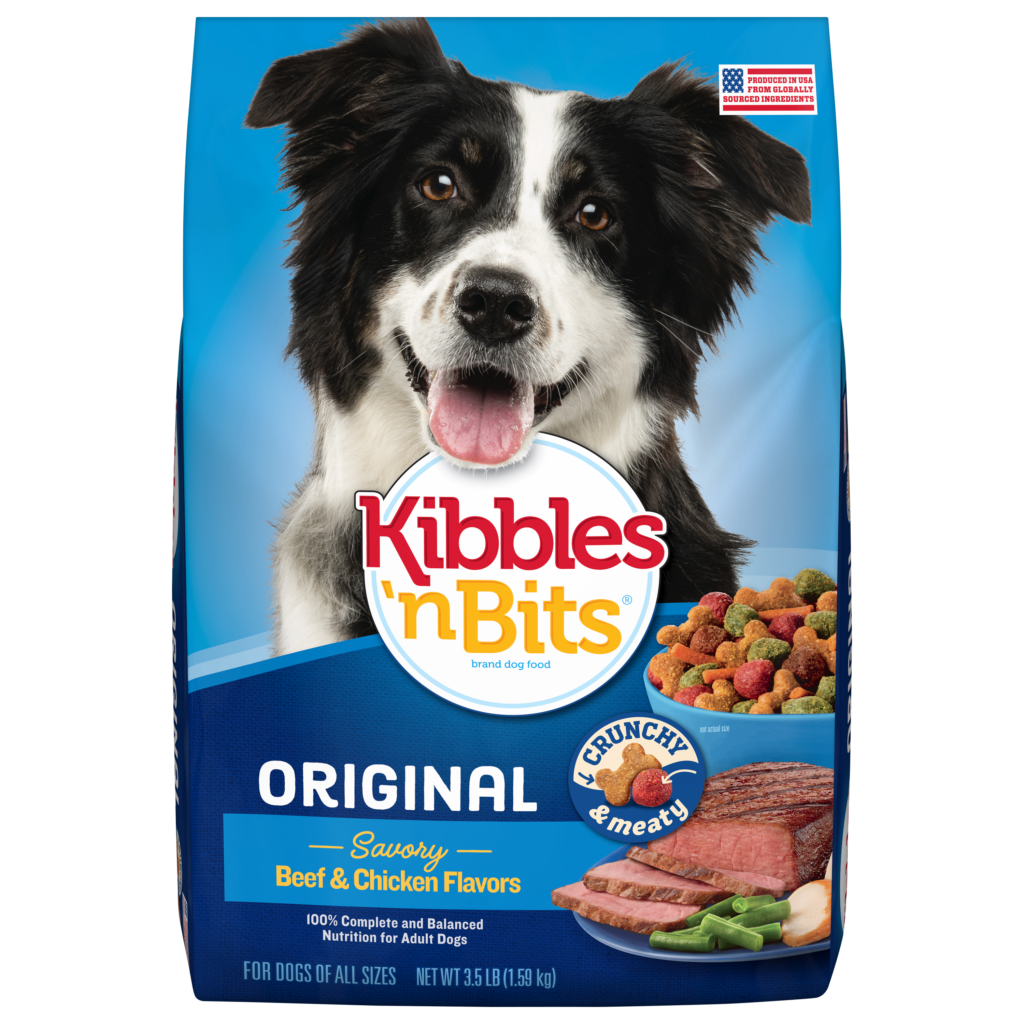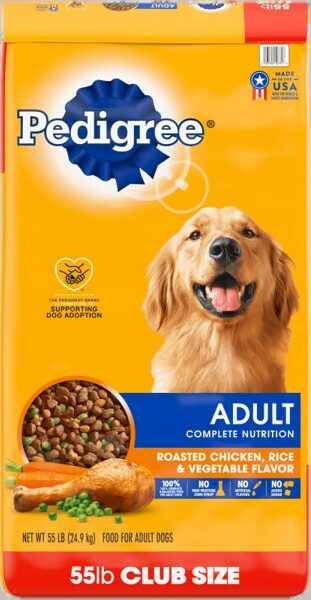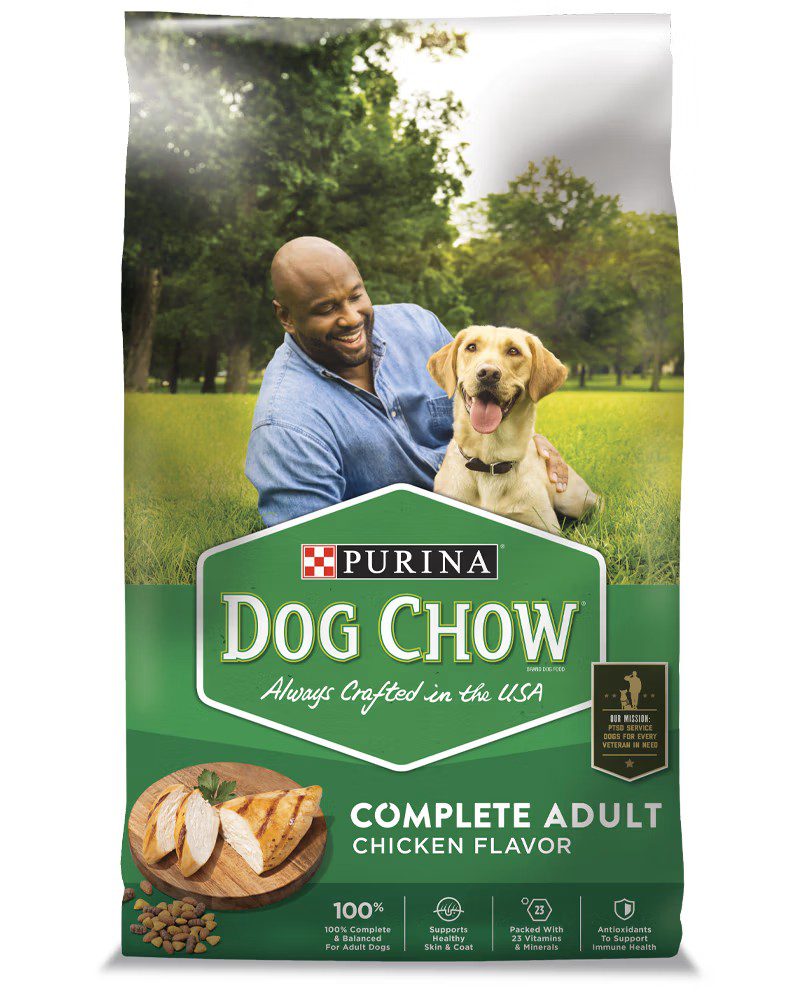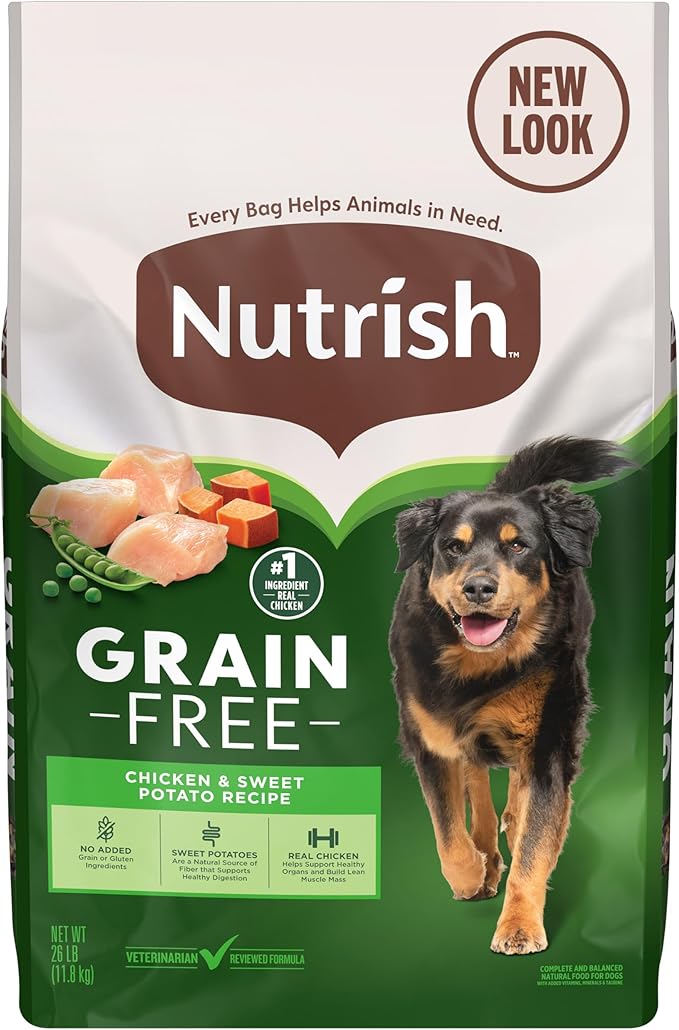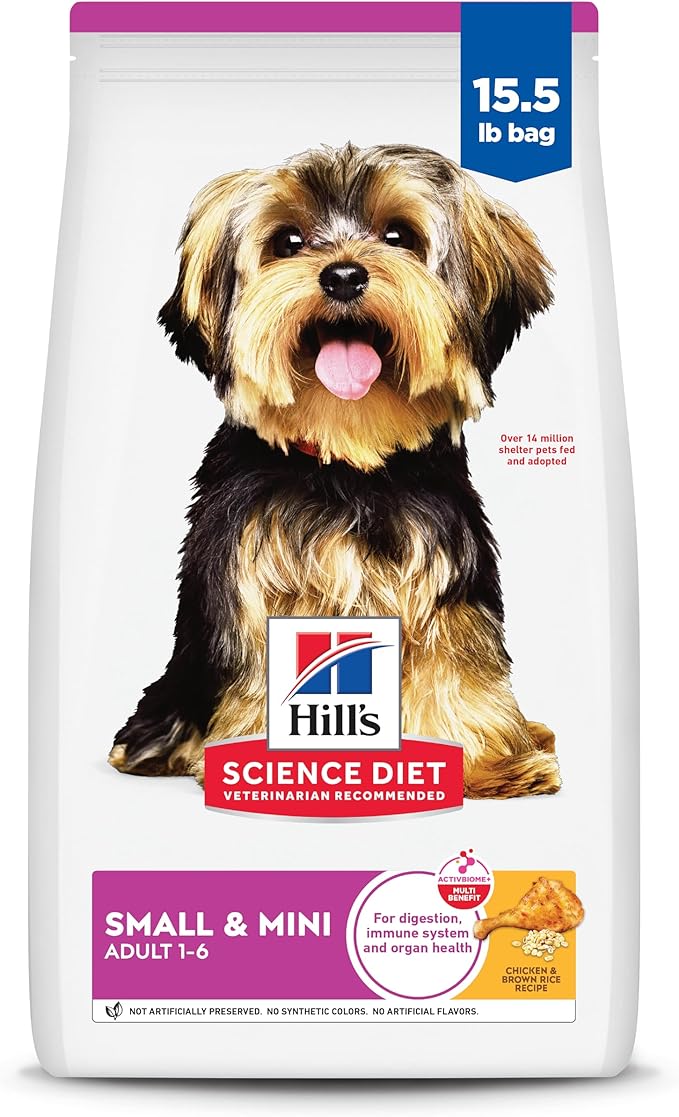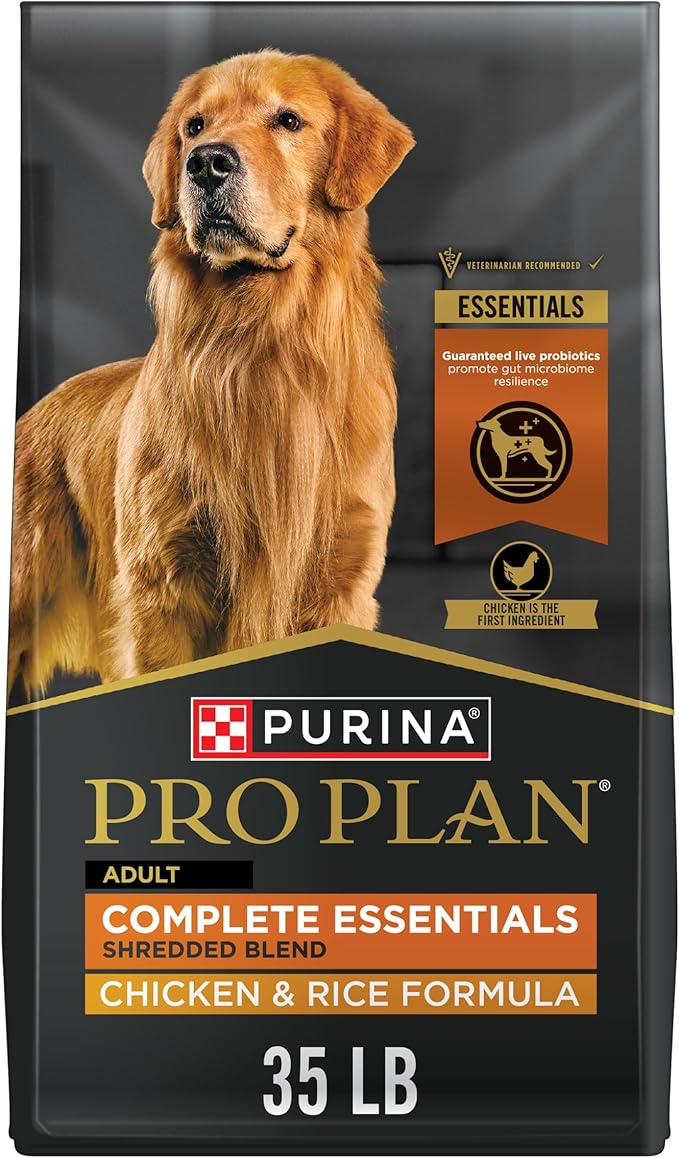Choosing the right food for your beloved dog or cat can feel like navigating a maze! With countless options lining the shelves – from raw diets to convenient kibble – it’s crucial to understand the science behind each choice. Pet nutrition continues to evolve, and this guide will break down the most popular pet food types, offering insights to help you make the best decision for your furry family member’s health and well-being. Pet owners seeking a more thorough understanding of each feeding option can find comprehensive articles that provide in-depth information on raw food, BARF diets, fresh food, air-dried, freeze-dried, and kibble linked within each section.
Table of Contents
Raw Food Diets: The Ancestral Approach
Raw food diets aim to mimic what our dogs’ ancestors ate: uncooked meat (muscle and organ), bones (typically raw and meaty), and a small amount of species-appropriate fruits and vegetables. The philosophy behind this approach is that minimally processed, whole foods are biologically more suitable for our carnivorous companions.
Potential Benefits of Raw Food
Proponents of raw feeding often highlight these potential advantages:
- Improved Digestion: Some suggest that the natural enzymes present in raw food can aid in the digestive process, potentially leading to better nutrient breakdown and absorption. The lack of artificial fillers and additives, common in some processed foods, may also contribute to improved gut health and firmer, less voluminous stools. Research has shown that raw-fed dogs display greater bacterial diversity in their stool compared to those fed conventional processed food.
- Enhanced Nutrient Absorption: The argument here is that the nutrients in their natural, unprocessed state are more bioavailable to the pet’s body. For instance, naturally occurring vitamins and minerals within organ meats might be absorbed more efficiently than synthetic versions added to processed foods. However, more robust scientific research is needed to definitively prove this across all nutrients.
- Dental Health: Chewing on raw, meaty bones (specifically the right type and size) can act as a natural toothbrush, scraping away plaque and tartar buildup. The mechanical action of chewing and the enzymes present in saliva can contribute to cleaner teeth and healthier gums. It is crucial to emphasize that only specific types of raw bones are safe (weight-bearing bones are generally avoided due to their density and fracture risk), and pets should always be supervised when consuming them.
- Coat and Skin Health: The higher levels of essential fatty acids found in some raw meat sources, such as omega-3 and omega-6, can contribute to a shinier, healthier coat and may help reduce skin inflammation and dryness in some pets.
- Weight Management: The high protein and often lower carbohydrate content of raw diets can promote satiety, helping pets feel fuller for longer and potentially aiding in maintaining a healthy weight or facilitating weight loss in overweight animals.
The Risks of Raw Food: What You MUST Know
It’s critical to understand that while some anecdotal evidence and theoretical benefits exist, the scientific community and major veterinary organizations have significant concerns regarding raw food diets. The risks are not to be taken lightly and require meticulous attention to preparation and sourcing.
- Bacterial Contamination: Raw meat, by its nature, can harbor pathogenic bacteria such as Salmonella, E. coli, Campylobacter, and Listeria. These bacteria pose a direct risk to the pet consuming the food, potentially causing gastrointestinal illness. Furthermore, infected pets can shed these bacteria in their feces, creating a significant risk of cross-contamination to human family members, especially young children, the elderly, and immunocompromised individuals.
Recent studies provide compelling evidence of these risks:
- A 2010-2012 FDA study found that 38 out of 196 raw pet food samples (approximately 19.4%) tested positive for harmful bacteria, including Salmonella and Listeria monocytogenes, with 15 testing positive for Salmonella (7.7%) and 32 testing positive for Listeria (16.3%).
- Research published in 2022 by the University of Bristol found that dogs fed raw meat diets were more likely to excrete antibiotic-resistant E. coli in their feces.
- A 2023 Food Standards Agency assessment noted that the proportion of Salmonella-containing raw meat pet products has been reported as high as 20%.
- Nutritional Imbalance: Formulating a truly nutritionally complete and balanced raw diet at home is exceptionally challenging and requires in-depth knowledge of animal nutrition. Deficiencies or excesses of essential vitamins, minerals, and trace elements can lead to severe health problems over time, some of which may be irreversible. Studies have identified potential problems in commercial and home-prepared raw diets, including calcium/phosphorus imbalances and vitamin deficiencies.
- Risk of Physical Injury: Feeding whole bones carries risks such as choking, gastrointestinal obstruction or perforation from bone fragments, and dental fractures. Cooked bones are particularly dangerous as they become brittle and splinter easily.
- Zoonotic Disease Transmission: As mentioned earlier, the shedding of bacteria in the feces of pets fed raw diets poses a significant risk of transmitting zoonotic diseases (diseases that can be passed from animals to humans). According to the CDC, 3% of all salmonellosis cases and as many as 15% of Campylobacter infections may be attributable to contact with companion animals.
BARF Diets: Bones and Raw Food
BARF stands for either ‘Biologically Appropriate Raw Food’ or ‘Bones and Raw Food,’ and it’s a specific type of raw feeding that emphasizes the inclusion of raw, meaty bones, organ meats, muscle meat, and a smaller proportion of fruits and vegetables. The goal is to provide a diet that closely mimics the presumed natural diet of wild canids and felids.
BARF Diet Considerations
Essentially, all the pros and cons we discussed for raw food diets apply to BARF diets too. The potential benefits regarding digestion, nutrient absorption, and coat health are similar, but so are the significant risks of bacterial contamination and nutritional imbalance. The emphasis on bones in BARF diets further amplifies the risks of dental fractures, choking, and gastrointestinal issues if not managed extremely carefully.
Fresh Pet Food: Minimally Processed Goodness
Fresh pet food is typically made with whole, human-grade ingredients that are gently cooked at lower temperatures than traditional kibble production. This process aims to preserve more of the natural nutrients and flavors. These diets are then typically refrigerated or frozen to maintain freshness and are often formulated to be nutritionally complete and balanced according to AAFCO guidelines.
Why Pet Owners Love Fresh Food
- Higher Moisture Content: Fresh food generally has a significantly higher water content (often 70-80%) compared to dry kibble (around 10%). This increased hydration can be particularly beneficial for cats, who have a lower thirst drive, and can support kidney and urinary tract health in both dogs and cats.
- Superior Digestibility and Bioavailability: The minimal processing involved in making fresh food may help retain more of the natural vitamins, minerals, and antioxidants present in whole food ingredients. Recent research strongly supports this claim:
- Multiple studies have found that fresh, lightly cooked food has superior digestibility and bioavailability compared to heavily processed dry food.
- A 2021 study published in Translational Animal Science found that fresh diets consistently had higher nutrient digestibilities than extruded diets, with all fresh diets achieving greater than 90% dry matter digestibility.
- Research published in 2024 demonstrated that fresh diets resulted in significantly reduced fecal output due to their extremely high nutrient and energy digestibilities.
- Improved Digestibility and Allergy Management: Many pet owners report that their pets with sensitive stomachs or food allergies tolerate fresh food better. This could be due to the use of single, high-quality protein sources and the absence of artificial additives, fillers, and common allergens found in some processed foods. The gentle cooking process may also make proteins easier to digest for some animals.
Things to Consider with Fresh Food
- Cost: Fresh pet food is generally more expensive than kibble due to the higher quality ingredients, specialized preparation, and often, direct-to-consumer delivery models.
- Storage and Handling: Refrigerated fresh food has a limited shelf life and requires consistent refrigeration. Frozen options require thawing before feeding. Proper hygiene is essential when handling fresh pet food, although the cooking process significantly reduces risk compared to raw diets.
- Ensuring Nutritional Balance: While many reputable fresh food companies formulate their diets to meet AAFCO standards, it’s crucial to choose brands that provide clear nutritional information and ideally have veterinary nutritionists on staff.
Air-Dried Raw Food: Convenient Raw
Air-dried raw food offers a convenient alternative to traditional raw feeding. It starts with high-quality raw ingredients, including meat, organs, and sometimes fruits and vegetables, which are then gently dehydrated at low temperatures over an extended period. This process removes moisture while aiming to preserve the nutritional integrity and flavor of the raw ingredients, resulting in a shelf-stable product that doesn’t require refrigeration.
Benefits of Air-Dried
- Potentially Higher Nutrient Retention: The low-temperature air-drying process is thought to preserve more heat-sensitive vitamins, enzymes, and amino acids compared to the high-heat extrusion used in kibble production. This can lead to a more nutrient-dense food.
- Shelf-Stable and Easy to Store: The significant reduction in moisture content makes air-dried food shelf-stable, eliminating the need for refrigeration or freezing, making it convenient for storage and travel.
- Convenience and Safety: Air-dried food offers a safer and more convenient way to feed a diet closer to raw compared to handling raw meat directly, as the drying process can reduce the risk of bacterial contamination while still offering the benefits of minimally processed ingredients.
Air-Dried Drawbacks
- Price: Due to the high-quality ingredients and specialized drying process, air-dried food is typically more expensive than kibble, often falling in the mid to high price range compared to other pet food types.
- Rehydration Often Recommended: While some air-dried foods can be fed dry, rehydrating them with water is often recommended to increase moisture intake, improve palatability for some pets, and potentially aid in digestion.
Freeze-Dried Food: Nutrient Powerhouse
Freeze-dried food undergoes a process where the ingredients are frozen and then placed in a vacuum chamber. The ice sublimates (turns directly from solid to gas), removing almost all moisture while preserving the cellular structure and nutritional content of the food to a very high degree.
Why Choose Freeze-Dried?
- Maximum Nutrient Retention: Freeze-drying is considered one of the best methods for preserving the nutritional integrity of food. Research published in the Journal of Animal Science found that freeze-dried raw diets outperformed extruded diets in terms of higher amino acid digestibility coefficients and greater true metabolizable energy values.
- Lightweight and Portable: The removal of almost all water makes freeze-dried food incredibly lightweight and compact, making it ideal for travel, training treats, or as a nutrient-dense topper for other foods.
- Palatability and Picky Eaters: The intense flavor and aroma are often very appealing to picky eaters, making freeze-dried food a good option for encouraging them to eat.
Freeze-Dried Considerations
- Cost: Freeze-dried food is generally the most expensive type of pet food due to the high-quality ingredients and the complex, energy-intensive freeze-drying process.
- Rehydration is Necessary: Freeze-dried food must be rehydrated with water before feeding to provide adequate moisture and make it easier for pets to eat and digest.
High-Quality Kibble: The Convenience King
Kibble is the most widely available and commonly fed type of pet food. It’s a dry, processed food made by grinding ingredients (including meat, grains, legumes, vegetables, and fruits), mixing them into a dough, and then cooking them at high temperatures under pressure in a process called extrusion. The resulting shapes are then dried, and often sprayed with fats and flavor enhancers to increase palatability.
The Good Sides of Kibble
- Convenience: Kibble is incredibly convenient to store, measure, and serve. It has a long shelf life and doesn’t require refrigeration, making it a practical option for many pet owners.
- Affordability: Generally, kibble is the most budget-friendly pet food option, making it accessible to a wide range of pet owners.
- Complete and Balanced Nutrition (When High-Quality): Reputable kibble brands are formulated to meet the nutritional standards set by organizations like AAFCO for specific life stages. According to the Association of American Feed Control Officials (AAFCO), which establishes minimum and maximum nutrient concentrations for dog and cat foods, properly formulated kibble can provide all necessary nutrients in correct ratios.
- Dental Benefits (Some Types): Certain kibble formulations and shapes are designed to help reduce tartar buildup as the pet chews, providing a mild abrasive action on the teeth.
Kibble Caveats
- Quality Varies WILDLY: The quality of ingredients and the nutritional value of kibble can differ significantly between brands and price points. Research shows that cheap kibble often contains a high proportion of inexpensive fillers, low-quality protein sources, and artificial additives.
- Processing Can Affect Nutrient Bioavailability: The high-heat extrusion process used to make kibble can degrade some heat-sensitive vitamins and may reduce the bioavailability of certain nutrients. Studies have shown that the extrusion process can result in reduction of protein quality, decrease in palatability, and loss of heat-sensitive vitamins.
- Lower Moisture Content: Kibble has a very low moisture content, which may not be ideal for all pets, especially cats, who can be prone to dehydration and urinary tract issues.
Canned or Preserved Wet Food: High Moisture Option
Canned or preserved wet food comes in various forms, including pate, chunks in gravy, and shredded varieties. It typically has a high moisture content (around 70-85%), making it a palatable and hydrating option for many pets.
Benefits of Canned Wet Food
- High Moisture Content: The significant water content in wet food is a major advantage, particularly for cats, who often have a lower thirst drive than dogs. According to the Merck Veterinary Manual, adequate hydration is crucial for kidney health and urinary tract function.
- Palatability: The texture and strong aroma of wet food are often very appealing to pets, especially picky eaters or those with a reduced sense of smell due to age or illness.
- Higher Protein and Lower Carbohydrate Content (Generally): Compared to many kibble formulations, wet food often contains a higher percentage of protein and a lower percentage of carbohydrates, which can be beneficial for weight management and blood sugar control.
Considerations for Canned Wet Food
- Dental Health: Wet food does not provide the same mechanical abrasion on the teeth as some kibble formulations and may even contribute to plaque and tartar buildup.
- Cost and Storage: Wet food is typically more expensive than kibble on a per-calorie basis. Once opened, canned food must be refrigerated and has a limited shelf life.
- Nutritional Completeness: Just like with kibble, it’s vital to choose canned food that is labeled as “complete and balanced” for your pet’s life stage by AAFCO.
Choosing the Perfect Food for YOUR Pet (The Most Important Section)
The ‘best’ pet food is not a one-size-fits-all answer; it’s the one that allows your individual animal to thrive! This means considering a multitude of factors specific to your furry friend:
- Age and Life Stage: Puppies and kittens have significantly higher energy and nutrient requirements for growth compared to adult dogs and cats. The AAFCO Dog Food Nutrient Profiles establish different requirements for growth and reproduction versus adult maintenance, with puppies requiring a minimum of 22.5% protein on a dry matter basis according to current guidelines.
- Breed and Size: Some breeds have predispositions to certain health issues that can be managed through diet. Size also plays a role in calorie requirements and even kibble size.
- Activity Level: Highly active pets, like working dogs or energetic puppies, require more calories and protein than sedentary or less active companions.
- Health Conditions and Sensitivities: Allergies, intolerances, kidney disease, diabetes, inflammatory bowel disease, and other health conditions often require specialized prescription diets formulated by veterinarians.
- Individual Preferences: Some pets are simply picky eaters! You may need to try different textures and flavors to find something they enjoy while still meeting their nutritional needs.
- Your Budget and Lifestyle: While prioritizing your pet’s health is paramount, your budget and lifestyle also play a practical role in food choices.
Your Vet is Your Best Resource
When in doubt, PLEASE talk to your veterinarian or a board-certified veterinary nutritionist! They are the experts and can create a personalized feeding plan for your furry friend, taking into account all their individual needs and your circumstances. As stated by AAFCO, they do not provide veterinary medical advice, emphasizing the importance of consulting with qualified veterinary professionals for individual pet health decisions.
Conclusion
Pet nutrition is a complex but incredibly important part of pet ownership. By staying informed about the latest research and working closely with your vet, you can ensure your companion gets the fuel they need for a long, happy, and healthy life! The growing body of scientific evidence continues to illuminate the differences between various feeding approaches, helping pet owners make more informed decisions based on actual research rather than marketing claims alone.
References
- AAFCO (Association of American Feed Control Officials). (2024). “Understanding Pet Food.” Available at: https://www.aafco.org/consumers/understanding-pet-food/
- FDA Center for Veterinary Medicine. (2010-2012). “Get the Facts! Raw Pet Food Diets can be Dangerous to You and Your Pet.” U.S. Food and Drug Administration.
- Sealey, J.E., et al. (2022). “Molecular ecology and risk factors for third-generation cephalosporin-resistant Escherichia coli carriage by dogs living in urban and nearby rural settings.” Journal of Antimicrobial Chemotherapy.
- Mounsey, O., et al. (2022). “Evidence that faecal carriage of resistant Escherichia coli by 16-week-old dogs in the United Kingdom is associated with raw feeding.” One Health, 14: 100370.
- Food Standards Agency. (2023). “An assessment of the risk of companion animals acquiring Salmonella, Escherichia coli spp., Campylobacter spp. and MRSA from contaminated raw pet food.”
- Geary, E.L., et al. (2024). “Apparent total tract nutrient digestibility of frozen raw, freeze-dried raw, fresh, and extruded dog foods and their effects on serum metabolites and fecal characteristics, metabolites, and microbiota of healthy adult dogs.” Translational Animal Science, 8: txae163.
- Do, S., et al. (2021). “Apparent total tract nutrient digestibility and metabolizable energy estimation in commercial fresh and extruded dry kibble dog foods.” Translational Animal Science, 5(3): txab071.
- Oba, P.M., et al. (2020). “True nutrient and amino acid digestibility of dog foods made with human-grade ingredients using the precision-fed cecectomized rooster assay.” Translational Animal Science, 4(1): 442-451.
- Sanderson, S.L. (2024). “Nutritional Requirements of Small Animals.” Merck Veterinary Manual.
- Kim, J., et al. (2017). “Dietary supplementation of Lactobacillus acidophilus influences fecal microbiota in dogs.” Journal of Animal Science and Biotechnology.
- Weese, J.S., et al. (2005). “Bacteriological evaluation of commercial canine and feline raw diets.” Canadian Veterinary Journal, 46(6): 513-516.
- Freeman, L.M., et al. (2013). “Current knowledge about the risks and benefits of raw meat-based diets for dogs and cats.” Journal of the American Veterinary Medical Association, 243(11): 1549-1558.

